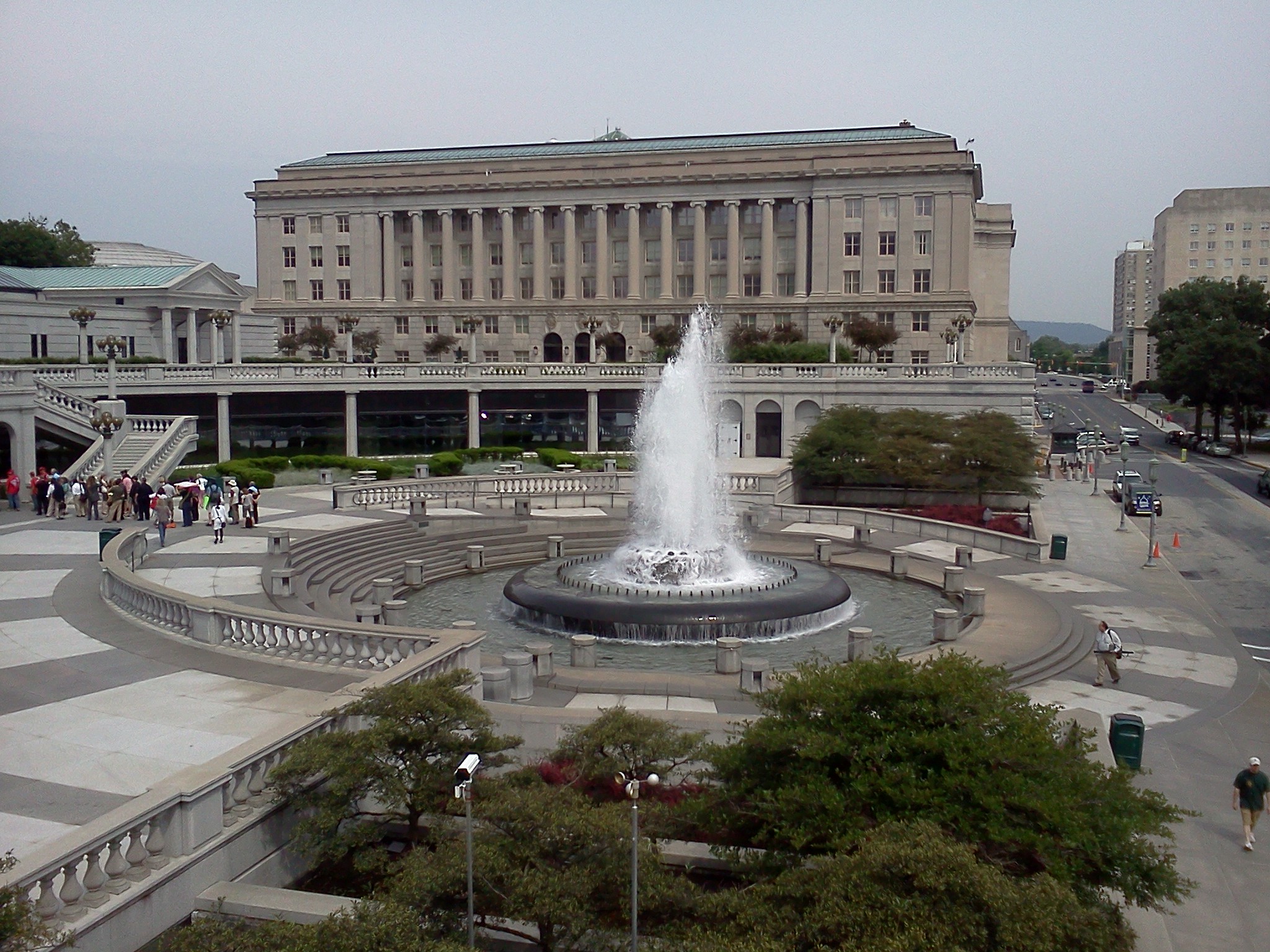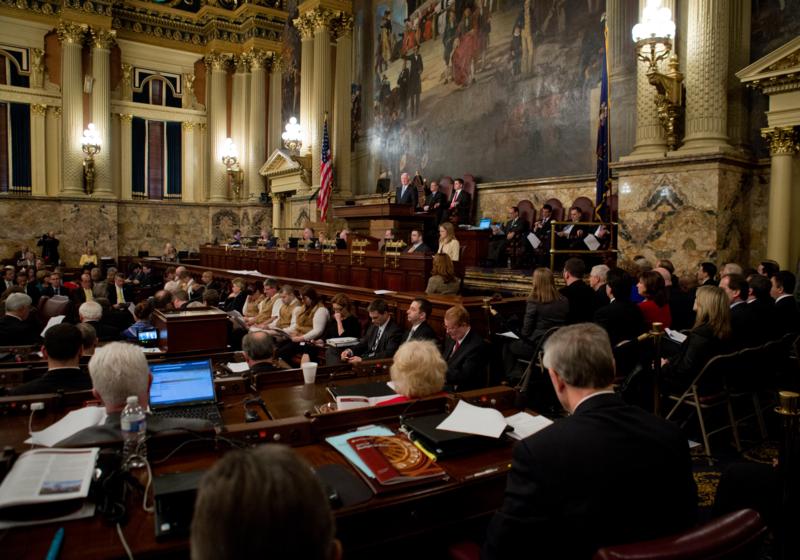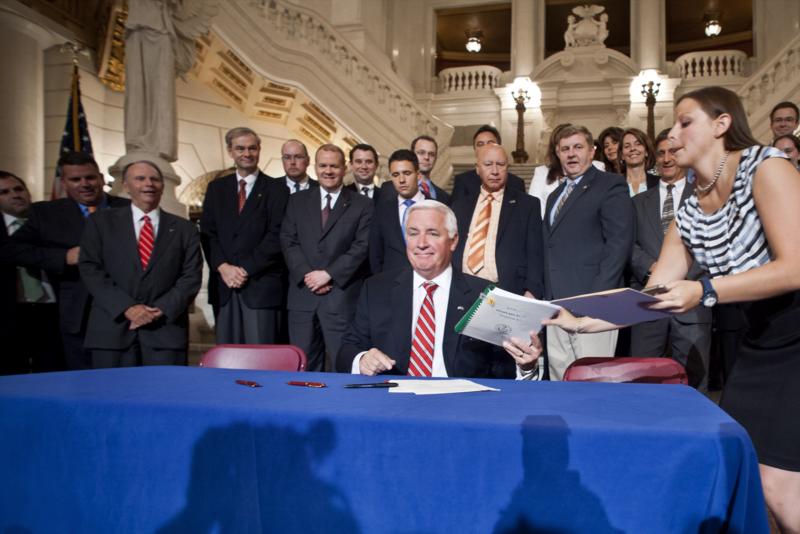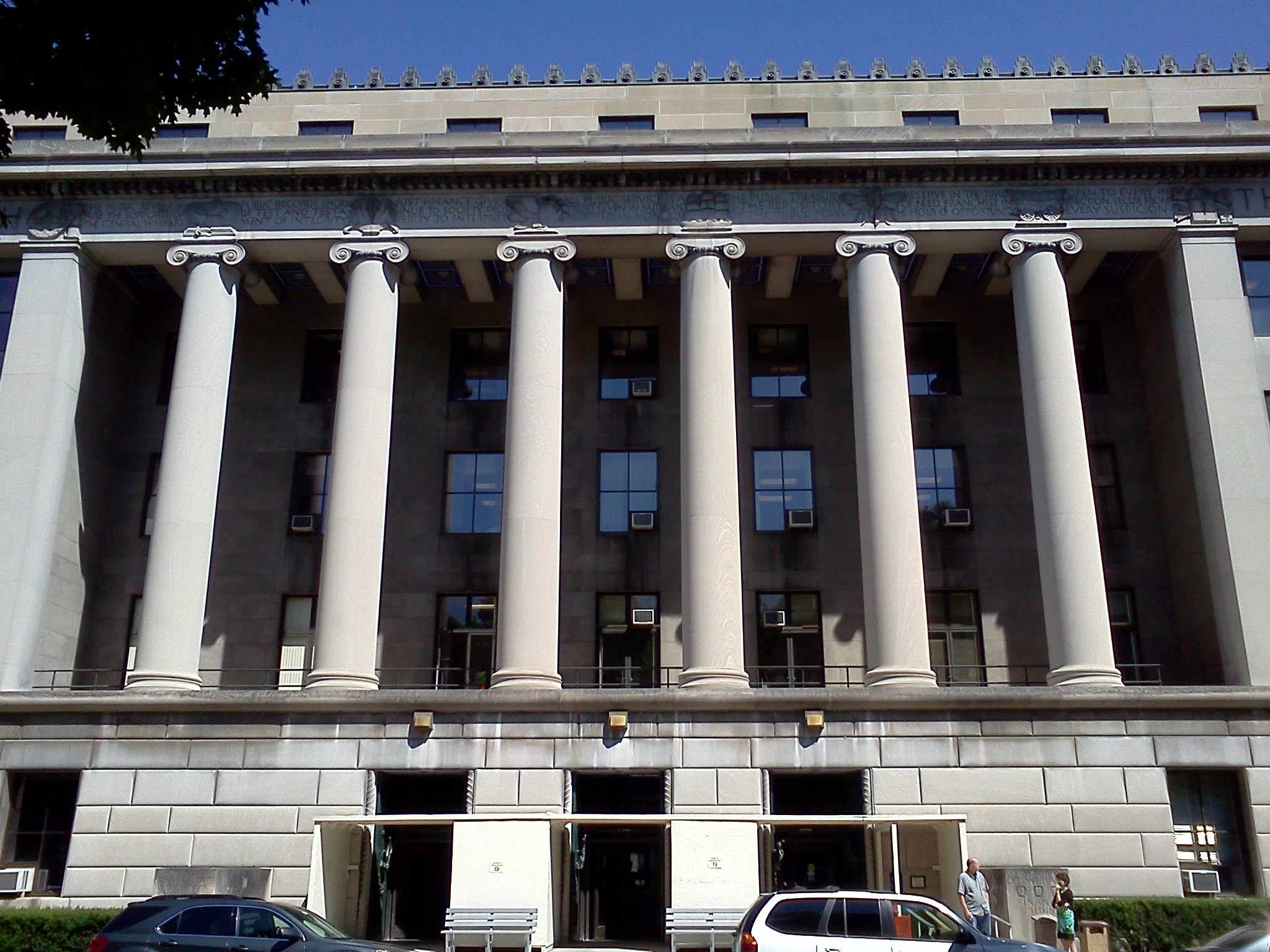PA’s Pension Woes Not Unique
Wisconsin is the only state with a fully-funded public pension system, according to a new report from the Pew Center on the States. “Overall the 50-states have a $1.38-trillion dollar funding gap between what they should have set aside to pay for their retirement promises – both pensions and retiree health care – and what they actually have on hand,” explains Pew Center senior researcher David Draine.
Draine tells Radio PA the economic downturn has definitely hurt state pension plans, but the problem has also been decades in the making. “Lawmakers in states like Pennsylvania and others failed to make the recommended contributions both in good times and bad.”
The current state budget includes $1.1-billion dollars in pension obligations. That number is expected to nearly quadruple to $4-billion dollars by 2016, and Governor Tom Corbett is making pension reform a top post-budget priority.
“We’ve got to get pension reform done… the vast majority of the money that the school districts say they need is to go to the teachers’ pensions. That’s where it’s going,” Corbett said at an unrelated news conference last week.
Republican leaders in the Senate appear ready to move on legislation that would move all new hires to a 401K-style defined contribution pension plan. “It is overdue for Pennsylvania state government to move in that direction,” says spokesman Erik Arneson. Numerous pension-related bills have been introduced in the state House as well.
A 2010 law increased employee contributions, raised the retirement age to 65 and extended the vesting requirement to ten years for all new hires. Draine says that will slow the growth of Pennsylvania’s unfunded pension liability, but will not solve the problem.











